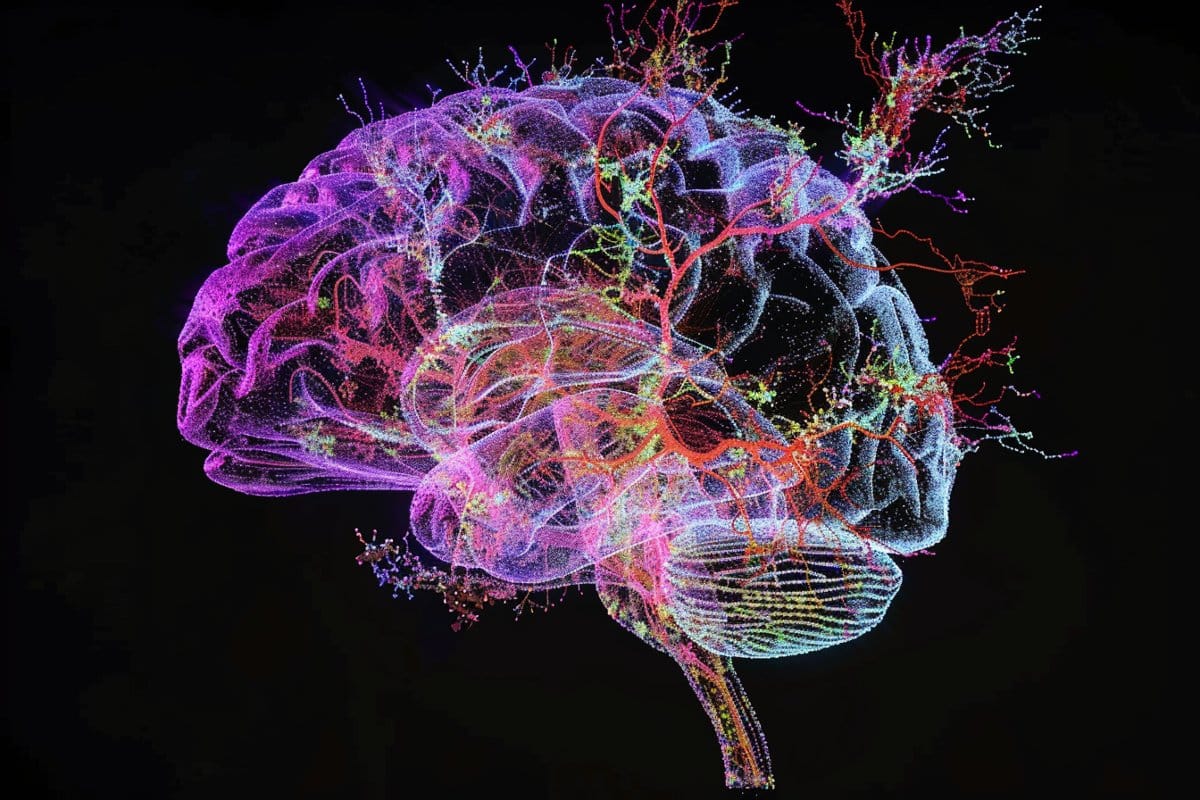Exercise is well-known for its benefits, including increased muscle strength, improved heart health, lower blood sugar, and a wide range of other physical improvements.
But how does engaging in regular physical activities like treadmill running, cycling up steep hills, or taking brisk walks result in such diverse health benefits?
Recent advancements bring us closer to understanding these effects, thanks to a comprehensive study led by Stanford Medicine.
Researchers performed nearly 10,000 measurements across almost 20 types of tissues to examine the impact of eight weeks of endurance exercise on laboratory rats, which were trained to run on treadmills designed for rodents.
The study revealed significant effects of exercise on the immune system, stress response, energy production, and metabolism.
It established important connections between exercise, specific molecules, and genes already associated with various human diseases and tissue recovery.
Published on May 1, the study is part of a series of papers from a multicenter research group aimed at understanding, on a molecular level, how our tissues and cells respond when subjected to physical activity.
“We all know exercise is beneficial for us,” said Stephen Montgomery, Ph.D., a professor of pathology.
“But we don’t know much about the molecular signals that manifest across the body when people exercise, or how these signals might change with training.
Our study provides the first holistic, bodywide perspective on molecular changes, including proteins, genes, metabolites, fats, and energy production. It’s the most comprehensive profiling of exercise effects to date, creating a crucial map of how it alters the body.”
The research team and other collaborators are part of the Molecular Transducers of Physical Activity Consortium (MoTrPAC), a national initiative organized by the National Institutes of Health in 2015 to investigate how physical exercise enhances health and prevents disease.

The Stanford Medicine team conducted extensive research on the effects of eight weeks of endurance training on various biological aspects, including gene expression (the transcriptome), proteins (the proteome), fats (the lipidome), metabolites (the metabolome), chemical tags on DNA (the epigenome), and the immune system.
They performed 9,466 analyses on multiple tissues from rats that were trained to run increasing distances, comparing results with those from sedentary rats.
Special focus was given to the muscles of the leg, heart, liver, kidney, and white adipose tissue (which accumulates as body fat), as well as other tissues such as the lungs, brain, and brown adipose tissue (which helps burn calories).
The study produced hundreds of thousands of non-epigenetic changes and over 2 million distinct changes in the epigenome. These findings will provide valuable data for years to come.
Although the primary aim of the study was to create a comprehensive database for future research, several intriguing findings emerged.
Notably, the expression of 22 genes changed with exercise across all six tissues examined. Many of these genes were linked to heat shock pathways, which stabilize protein structure during stress, and pathways involved in reducing blood pressure and increasing insulin sensitivity.
The researchers also observed that the expression of genes associated with type 2 diabetes, heart disease, obesity, and kidney disease was reduced in exercising rats compared to sedentary ones, indicating a connection to human health.
The study also revealed sex differences in how various tissues in male and female rats responded to exercise.
Male rats lost about 5% of their body fat after eight weeks of exercise, while female rats did not experience significant fat loss but maintained their starting fat percentage. Sedentary female rats gained an additional 4% body fat during the study.
The most significant difference was in gene expression in the adrenal glands. In male rats, genes related to steroid hormone production and energy generation increased after one week of exercise, whereas these genes decreased in female rats.
Despite these promising insights, researchers caution that the field of exercise science is still in its early stages. “In the long term, it’s unlikely we will find a single intervention that replicates all the benefits of exercise,” Montgomery said.
“However, we may move closer to the concept of precision exercise—tailoring recommendations based on an individual’s genetics, sex, age, or other health conditions to achieve optimal whole-body responses.”
